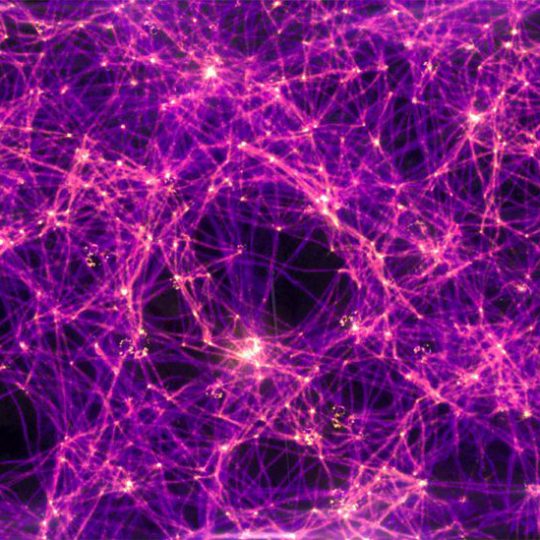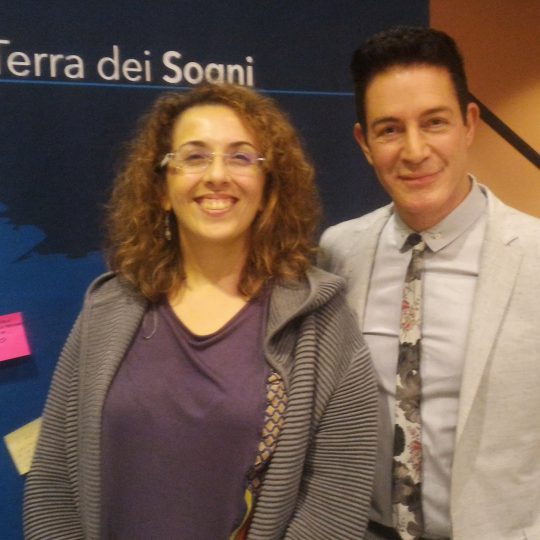The idea to write these reflections arose after participating in a six months-long program at the Diamond Approach School by A.H. Almaas and Karen Johnson, titled “Human Instincts on the Inner Journey”. This seminar was designed to provide an integrated response to those practicing meditations’ need to understand and navigate their instinctual nature, which, often due to religious conditioning, is frequently seen as incompatible with the meditative journey.
The Diamond Approach, although it does not include sexual practices, can be considered as a tantric path due to its “inclusive transcendence” principle. This principle involves integrating the drive for mystical self-realization with instinctual impulses, connecting the transcendent realm with everyday life.
In the child’s developmental process, there is no real distinction between survival and emotional aspects: our early relationships shape neural patterns in ways that then become extremely difficult to alter later on. These patterns deeply influence all aspects of a practitioner’s life, particularly those who meditate while leading a conventional and worldly life, outside of secluded communities dedicated solely to spiritual practices.
The modern world of meditation, while at risk of being medicalized and reduced to the notion that “feeling better means producing and consuming more”, has long embraced both the necessity of profound psychological inquiry and the invaluable contributions of contemporary neuroscience. As a result, the practice of self-observation, fundamental to meditation, is increasingly complemented by the insights from Western psychology and recent scientific advancements. These tools offer new perspectives to aid the journey of detachment from one’s mind in an intellectually complex humanity, even though, regrettably, the trend in this direction seems to be reversing.
In a sense, we could also consider tantric the attitude of not rejecting other disciplines but including them in the meditative journey. These premises are essential if we want to closely examine modern paths that allow for the integration of spirituality and sexuality—a concept that finds authoritative roots and reaches its zenith, for example, in ancient Kashmiri tantric Shivaism.
The idea is to liberate powerful instinctual drives from the increasingly complex distortions of our civilization, harnessing them to serve and support inner work. These drives possess qualities such as dynamism, passion, vitality, a life-affirming impulse, innate wisdom, profound resilience, and the capacity to undergo personal transformation, including the ability to let go. This can be achieved through thorough self-analysis followed by meditative practices aimed at disidentification, thereby reopening a pristine mental space free from stale knowledge or experiences that limit perception through rigid frameworks.
We can now determine where sexuality and spirituality, two potent human drives, find their profound equivalences beyond that conditioning that fractures the organic unity of the body-mind system into parts that regard each other with distrust, if not hatred and repulsion. This fragmentation renders humanity entirely manipulable by ideologies disconnected from reality and even from the very sense of our individual and species survival.
As we begin our detailed analysis of these equivalences, A.H. Almaas points out that both in sexual and spiritual experiences, it is necessary to be present in the moment, open to the immediacy of the experience. From a tantric perspective, this entails fully sensing one’s body, inhabiting it, and expressing oneself through it. Spiritual practice also embraces the direct dimension of presence: this can be manifested through blissful sensations of unity, love, preciousness, and satisfaction that envelop the heart, mind, and entire body, including the genitals. This aligns closely with descriptions of ancient and contemporary mystical ecstasies.
The ability to be fully present in one’s own body, in the body of another, and in the present moment in general, can naturally be compromised by distortions created by trauma, beliefs about the body, self-acceptance issues, cultural norms, and so forth.
Another common aspect between spirituality and sexuality explored in the course is the capacity, which should not be taken for granted, to be curious, playful, and adventurous. For this curiosity to lead to genuine openness, it is essential not to approach others solely through seductive power, narcissistic validation, sexual consumerism, or the belief that encounters are superficial events to be quickly dismissed out of boredom. These narcissistic, superficial, fearful, and excessively prevalent behaviors in our society often accompany possessiveness, which acts as a mirrored barrier to openness. This would compel us, or more appropriately compel women (given that conditioning is applied extensively to them) to know and cling to few or just one partner. Curiosity unlocks the secrets of the physical body as well as those of the universe and can be exercised in a vertical direction, exploring depth with a partner equally committed to the journey of self-discovery. The principle of discovery and exploration, in fact, demands a great balance and the ability to be honest with oneself, whether one chooses to remain in a single relationship or to explore many. Otherwise, there is a risk of excessively protecting ourselves in one way and fleeing from ourselves and our wounds in the other. In a world of vast offerings and accessibility in spiritual paths, we can apply the same rule that associates spiritual consumerism with fossilized and lifeless belief systems and practices.
Curiosity is closely related to imagination, indeed, and for many people, sexual arousal is now achievable only through stereotypical, pornographic, and unfortunately increasingly violent images. In sexual contexts, imagination can either mean total presence in allowing anything to unfold creatively and lovingly, or complete dissociation from the present moment and an inability to escape from a mental state fixated on a phantom elsewhere. Spiritually speaking, as widely recognized, getting lost in fantasies and the endless loops of recursive thinking is seen as the primary barrier to developing presence and clarity of mind.
A disturbed mind interferes both with tantric sex and spirituality in the form of anticipations and expectations, whether positive or negative, tied to fantastical scenarios. Sexuality, inherently procreative, is oriented by nature towards goals and the future, but we can also view these goals in a broader sense: they may aim for validation, affection, economic exchange, power dynamics, endless self-affirmation, relaxation, or the build-up towards climax.
However, when finally coming together in bed and ideas and fantasies come into play, including anxiety stemming from past negative experiences, any genuine openness to what wants to manifest with that particular human being is completely lost.
Similar is the contraction towards a goal like enlightenment or the attempt to use practice to not feel negative emotions or deny them, for instance through spiritual bypassing. It’s interesting to consider how the latter mirrors a form of self-avoidance in relational contexts.
For tantra to be a profound experience, as well as life in general, there must remain a space of “not knowing” that allows things to unfold not necessarily according to a predetermined pattern we attempt to predict, know, and direct. Otherwise, we risk forever cutting ourselves off from every opportunity for growth, development, and genuine novelty.
In order for an encounter to work, we must also be genuinely interested in the other person, rather than approaching them purely instrumentally or in a depersonalized manner, even if we don’t know what will happen next and even if it’s a temporary experience. This is a form of altruism in pleasure and service that makes us honestly open to the person in front of us and to the reality they embody. It involves serving another’s pleasure that is not sacrificial, but rather manifests as a spontaneous emergence of actions, a sensitive and creative flow.
All structures inclined towards repetition are inevitably egoic, unlike spontaneity, which naturally includes a degree of various kinds of risks. It is crucial not to orchestrate anything. From a spiritual standpoint, this does not imply lack of preparation, but rather that such preparation does not rigidly shape the form of practice, whether sexual or spiritual, thereby draining it of life and rendering it hollow. This underscores the need for a higher form of dialectical intelligence, whether in a tantric encounter or in internal dialogue with the ultimate reality.
The experience of surrender, whether in intimacy with a person or with the universe, reveals our deep vulnerability and is tied to the potential of losing ourselves and thus merging into something larger, whether it’s the field created by two lovers or the universal realm. The other and the absolute are not separate, as the absolute constitutes the nature of everything. According to A.H. Almaas, the absolute refers to the source, the true essence. This surrender does not happen in a dissociative manner, nor as an act of subjugation or a result of convenience, violence, or compromise, but rather as an overflow of love where one desires to fully give oneself to something else, a form of existential permeability.
The concept of surrender can trigger the most intense egoic responses in terms of fear and resistance, whether related to insecure attachment or fear of dissolution and acknowledgment as a non-separate entity at the absolute level. Interestingly, at the same time, this fusion is secretly what everyone ultimately yearns for.
Tantric practice is the preferred arena where one can experience, alongside another person, the true nature, the ultimate reality, embracing its inherent unity and depth. It is certainly not the sole possible path nor superior to solo paths, which in certain situations may be the only practical options. However, the time has come to completely dispel its perceived incompatibility with the highest peaks of human flourishing.






Sorry, the comment form is closed at this time.